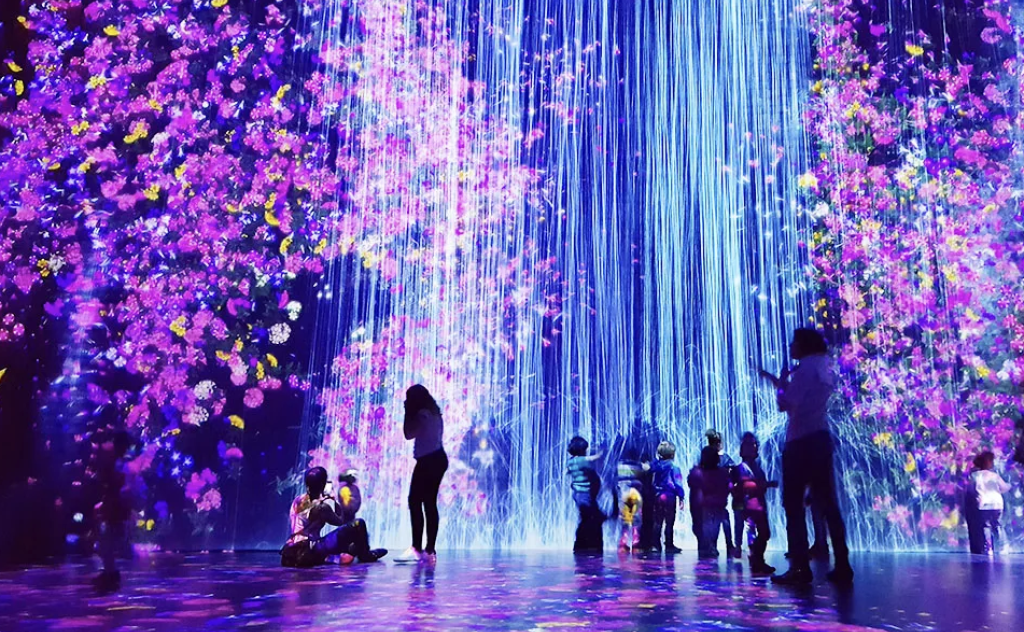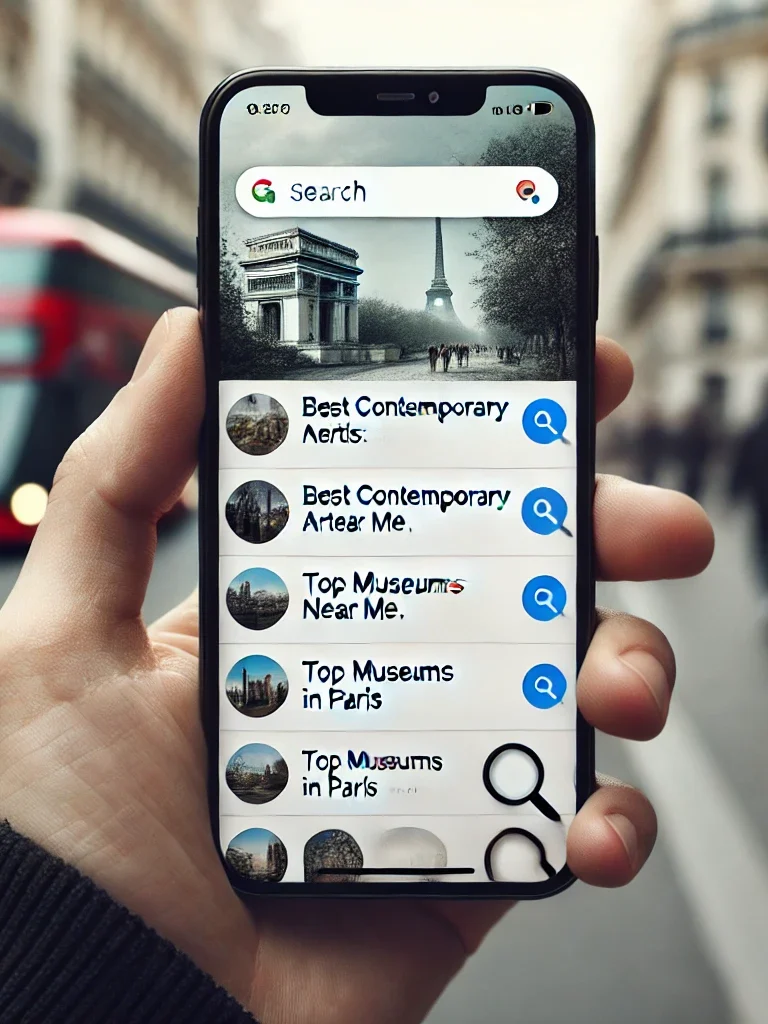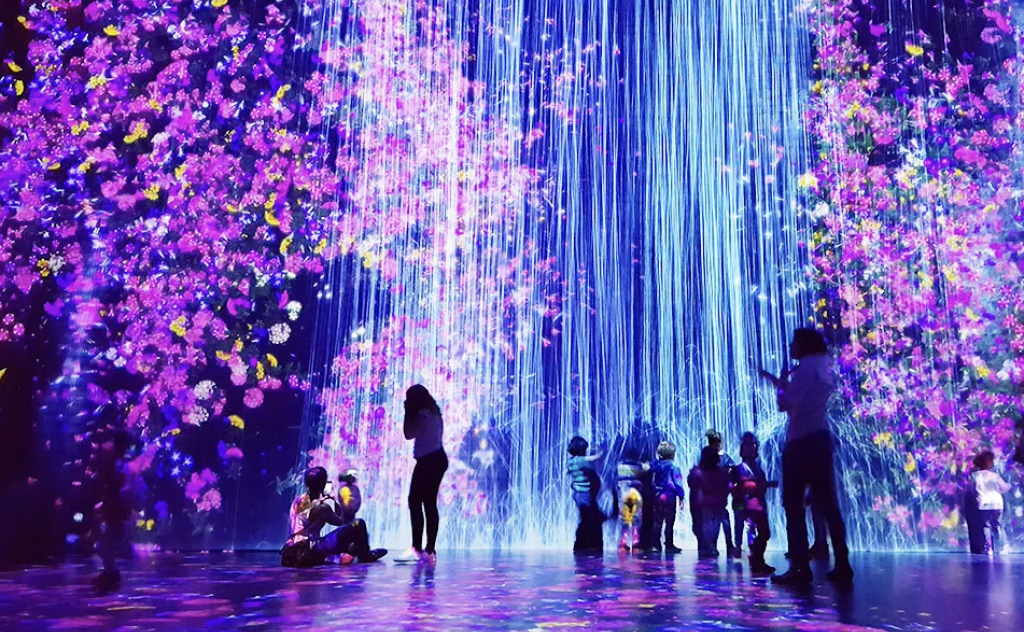In a world where digital presence is omnipresent, artists and cultural institutions must adapt their visibility strategy online. Search Engine Optimization (SEO) has become an essential tool to expand their audience and reach a broader public. Galleries, museums, independent artists, or festivals—all can benefit from effective SEO optimization to showcase their work and attract more visitors.

Why is SEO crucial for art and culture?
Today, most art and culture enthusiasts search for exhibitions, artists, or events online before attending in person. Good SEO helps creators and institutions appear in these searches and increase their visibility. Additionally, a well-optimized website can generate art sales, attract patrons, or encourage ticket reservations for events.

How to optimize SEO in the cultural sector?
To improve their SEO, cultural sector players must first focus on using a well-defined primary keyword throughout the text. This ensures search engines understand the topic and rank the page accordingly. The keyword should be naturally integrated into the headings, subheadings, and throughout the content without overuse.
Internal linking is another crucial aspect. Currently, there are no internal links on this page, so it is essential to include relevant links to other pages within the website. This improves navigation, enhances user experience, and strengthens the site’s SEO structure.
To optimize their content, cultural institutions should also use keywords specific to their domain. For example, a photographer might target phrases like “contemporary photography Paris” or “black and white photography exhibition”, while a museum could use “best modern art museum in Lyon”.
Next, creating rich and relevant content is essential. Search engines prioritize sites that provide high-quality articles. Writing blog posts about artistic trends, behind-the-scenes exhibition insights, or artist interviews helps attract a targeted audience and improve rankings.
Optimizing images and videos also plays a key role. Since art and culture are highly visual, it is crucial to optimize images using ALT tags and detailed descriptions so they can be properly indexed by search engines.
It is also wise to register on specialized directories and platforms. Being listed on sites like Artsy, Behance, or local cultural directories helps obtain backlinks of high quality and enhances a website’s credibility in the eyes of search engines.
Local SEO is another powerful tool. Cultural institutions can optimize their presence by registering on Google My Business and encouraging visitors to leave reviews. A contemporary art center can thus become more visible to local art enthusiasts.
Finally, social media sharing should not be underestimated. Posts on Facebook, Instagram, or Pinterest can generate traffic to a website and improve SEO rankings. Regularly publishing articles, visuals, and events helps build an engaged community and increase online visibility.
Conclusion
In conclusion, SEO optimization in the artistic and cultural field is a valuable opportunity to increase the visibility of creators and institutions. So, by using a clearly defined primary keyword, as well as producing high-quality content and incorporating internal links, cultural players can strengthen their digital presence. Moreover, by leveraging specialized platforms and social media, they can extend their reach even further. Ultimately, with the right strategies in place, it is possible to reach a broader audience and attract new enthusiasts.
Bibliography
- Artsy (2023). “How artists can improve their online presence” https://www.artsy.net/article/artsy-editorial-art-industry-trends-2023
- Art Journal (2024) “8 Practical Tips for Artists to Enhance Their Online Presence” https://journal.atp.art/optimizing-online-presence/
- Moz (2024) “What Is SEO? Search Engine Optimization Best Practices” https://moz.com/learn/seo/what-is-seo
- Ministère de la Culture (2024) “Stratégie numérique culturelle 2024” (Document PDF)
